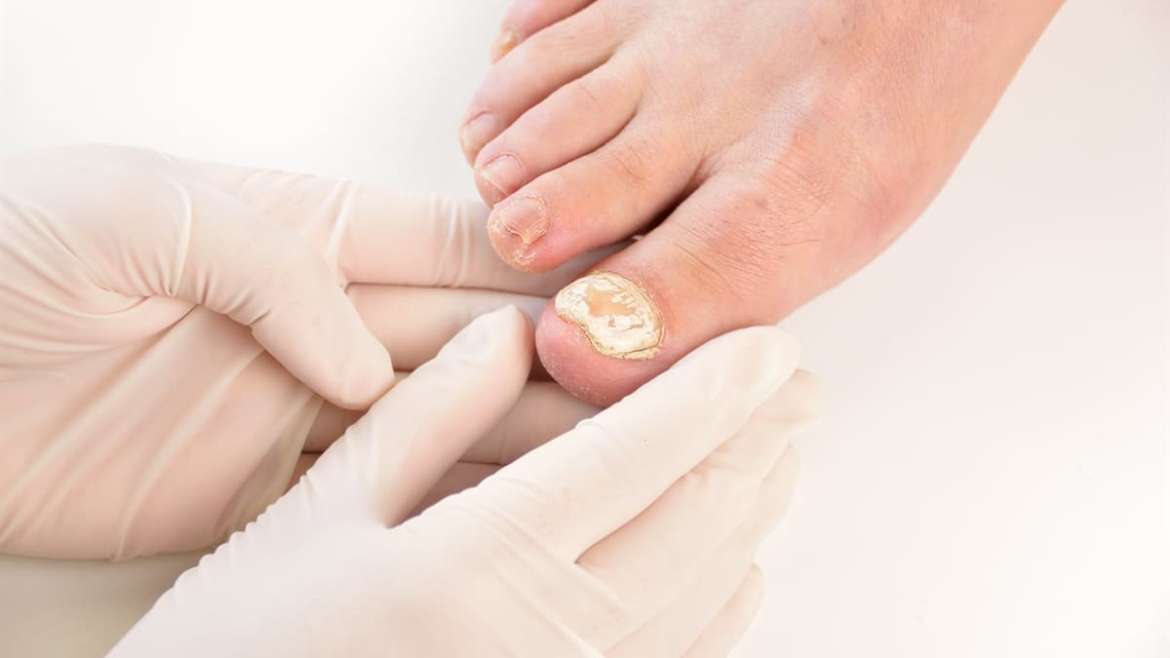Nail fungus is an important disease and also a cosmetic problem.
Nail fungus is defined as an infection involving the nail bed and nail plate. It is stated that nail fungus accounts for 50 percent of all nail diseases. If nail fungus is not treated, fungal infection may occur in the skin. Skin integrity is disrupted. Subcutaneous infections called cellulitis characterized by redness, heat increase and swelling may develop. If the infection progresses, bone inflammation may occur, especially in diabetics. Therefore, nail fungus should definitely be treated.
Usually the fungus infects the nail bed under the nail. It can be transmitted through contact with sweaty feet, wet feet, bare feet in places such as pools and the sea. Anything that damages the nail can make it easier for the fungus to enter. For example, hitting the finger and toenail with a hard object, stepping on the toenail, cutting the nails too deep, and small and pointed shoes that squeeze the toes trigger fungal growth.
Nail fungus treatment
Antifungal medicines, tablets, nail varnishes and creams are used. In cases where medication cannot be taken, laser treatment can be used. Nail laser is especially preferred for people with systemic diseases who cannot take medication. In the treatment of nail fungus, the nail is filed and thinned with the help of special devices by podologists, that is, foot health specialists. Thus, the fungal area is removed in a short time and the success of the treatment is increased. Aesthetic results can also be achieved quickly.

